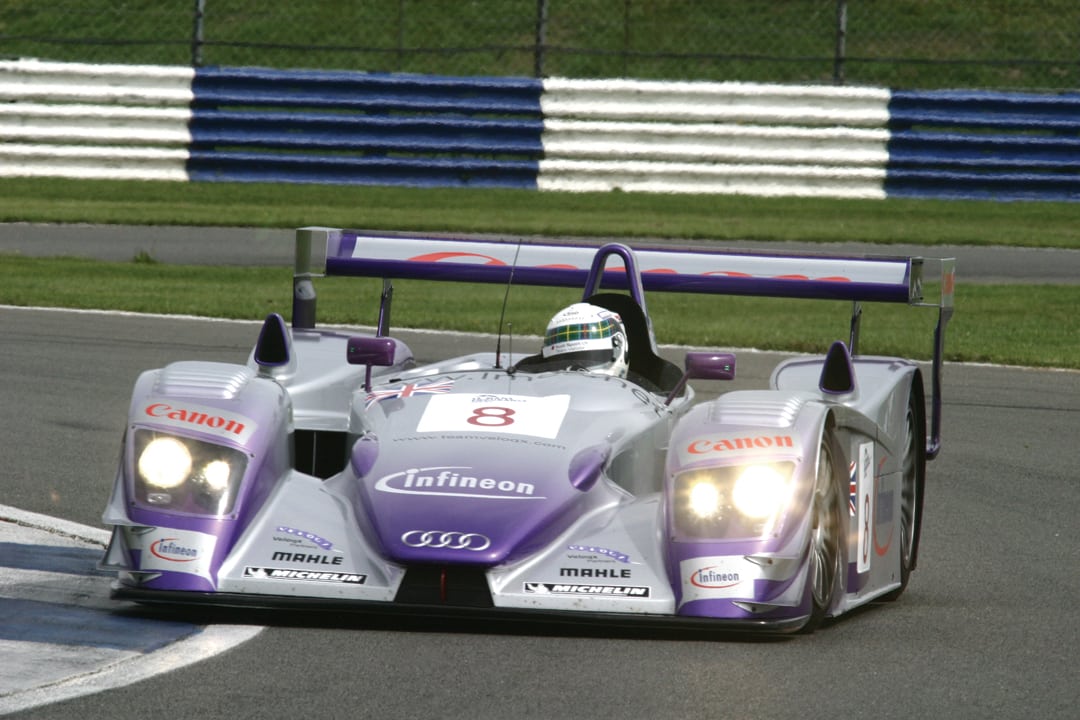I have been privileged to be able to drive some fantastic cars in my career, and I can really only comment on those cars. Formula cars, GT cars, production cars and sports cars are all on my list. I have been involved with many of the best teams in motorsport, too. Over the period of my career, there have been many changes in the concept and design of racing cars. But, not all for the good. Today, generally, we are very theory orientated: If it works on the computer, designers think it can work in practice, but that is not always the case. The practical aspects of design have to be able to be seen and a driver must certainly feel it. It is so much of the problem in motor racing, especially Formula One.
I had a big surprise when I drove the V-16, Auto Union, rear-engine car up the hill at Goodwood in 2006. I really didn’t think the engine would have as much power or that it would be as smooth on the throttle as it proved to be. Its response was very, very, good, and I’m sure it would be something that today’s car manufacturers could learn from. Although we have moved on with electronic engine management systems, anti-lock braking systems, and other computer-aided technology, the mechanical design of the Auto Union, which is over 70 years old, is dead on.
No Subscription? You’re missing out
Get immediate ad-free access to all our premium content.
Get Started



